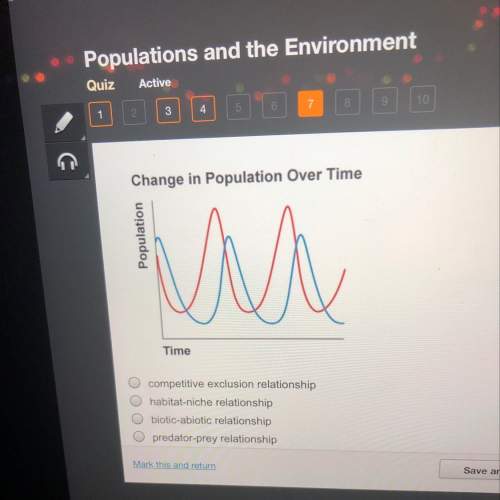
A cylinder with a moment of inertia I (about its axis of symmetry), mass m, and radius r has a massless string wrapped around it which is tied to the ceiling . At time t=0 the cylinder is released from rest at height h above the ground. Use g for the magnitude of the acceleration of gravity. Assume that the string does not slip on the cylinder. Let v⃗ represent the instantaneous velocity of the center of mass of the cylinder, and let ω⃗ represent the instantaneous angular velocity of the cylinder about its center of mass. Note that there are no horizontal forces present, so for this problem v⃗ =−vj^ and ω⃗ =−ωk^.
Part A) The string constrains the rotational and translational motion of the falling cylinder, given that it doesn't slip. What is the relationship between the magnitude of the angular velocity ω and that of the velocity v of the center of mass of the cylinder?
Part B) Let's look at some limiting cases as a way to build your intuition and also to check your answers. If you can't answer these questions now, work through other parts of this problem first and then consider these special cases using your final analytic answer.
In the limit that the moment of inertia I→0 while the mass m remains finite, what magnitudes would you expect for the tension T in the vertical section of string and the downward acceleration a of the center of mass?
Note: This is a hypothetical cylinder with all its mass concentrated along its axis. The rest of the cylinder (i. e. the bulk) is massless.
Part D) Now return to the original cylinder. Using Newton's 2nd law, complete the equation of motion in the vertical direction j^ that describes the translational motion of the cylinder.
Express your answer in terms of the tension T in the vertical section of string, m, and g; a positive answer indicates an upward acceleration.
Part E) Using the equation of rotational motion and the definition of torque τ⃗ =r⃗ ×F⃗ , complete the equation of rotational motion of the cylinder about its center of mass.
Your answer should include the tension T in the vertical section of string and the radius r. A positive answer indicates a counterclockwise torque about the center of mass (in the k^ direction).
Part F)
In other parts of this problem expressions have been found for the vertical acceleration of the cylinder ay and the angular acceleration α of the cylinder in the k^ direction; both expressions include an unknown variable, namely, the tension T in the vertical section of string. The string constrains the rotational and vertical motions, providing a third equation relating ay and α. Solve these three equations to find the vertical acceleration, ay, of the center of mass of the cylinder.
Express ay in terms of g, m, r, and I; a positive answer indicates upward acceleration.

Answers: 2


Another question on Biology

Biology, 22.06.2019 02:30
Variety of living organisms; includes genetic, species, and ecological types.
Answers: 1

Biology, 22.06.2019 11:30
2. cheryl hears a new song on the radio every day during the week on her commute to work. surprisingly, when the song comes on at a party on saturday night, she knows most of the words without trying. describe the three ways that we use cognition to learn without reinforcement. which type of cognitive learning without reinforcement best explains how cheryl knew the song lyrics? explain your answer.
Answers: 1

Biology, 22.06.2019 12:00
Yeast cells reproduce quickly by budding. this is a form of reproduction so all the yeast cells a) sexual; vary b) asexual; vary c) asexual; are identical d) sexual; differ from the parents submit hint structures and functions of cells cellular reproduction
Answers: 1

Biology, 22.06.2019 14:10
Pls the table below shows the role of different substances during photosynthesis. substance role during photosynthesis glucose stores chemical energy water combines with glucose to form carbon dioxide chlorophyll traps sunlight which of the following statements would correct one of the roles listed in the table? glucose combines with carbon to form water. chlorophyll reacts with light to produce carbon dioxide. water combines with carbon dioxide during photosynthesis. chlorophyll stores chemical energy needed for photosynthesis.
Answers: 2
You know the right answer?
A cylinder with a moment of inertia I (about its axis of symmetry), mass m, and radius r has a massl...
Questions


Computers and Technology, 06.05.2020 08:11


English, 06.05.2020 08:11

Health, 06.05.2020 08:11

Mathematics, 06.05.2020 08:11



Mathematics, 06.05.2020 08:11



Health, 06.05.2020 08:11

Mathematics, 06.05.2020 08:11





Physics, 06.05.2020 08:11

English, 06.05.2020 08:11

Engineering, 06.05.2020 08:11




